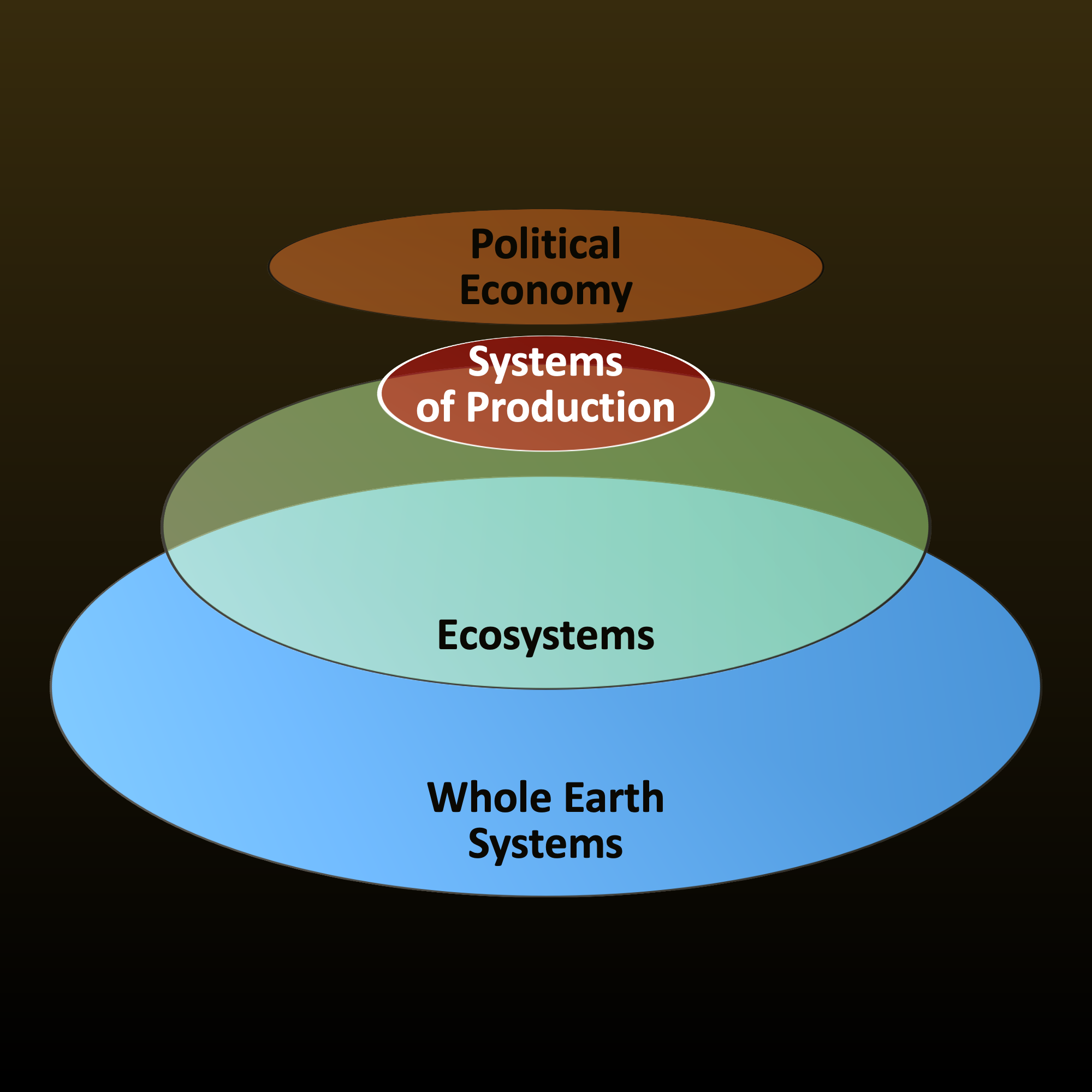Integrative Systems of Production
A framework and model for designers, based on ecosystem metabolisms and functions
DOI:
https://doi.org/10.7577/formakademisk.3791Abstract
Different branches of design are shifting from a primary focus on artefacts as ends to concentrating on means (e.g. forms of production), with ends encompassing larger societal goals. Concurrently, humanity is facing an increasingly carbon-and-freshwater-constrained world, combined with escalating realities of climate change and ecosystem degradation; thus, our means of production must evolve. An integrative framework and model has been developed to support designers (and other stakeholders) working on regenerative systems of production. The model integrates synergistic, circular, cascading and aggregate efficiency design systems based on ecosystem concepts, as well as regenerative agriculture, the bioeconomy and the (technical) circular economy. With this integrative approach, stakeholders may develop more productive, regenerative synergies and hybrid activities that produce zero waste. The model can be applied at the micro-, meso- and macro-scales.
Keywords:
Systemic design, ecological design, biomimetics, circular economy, regenerative agriculture.

Downloads
Published
How to Cite
Issue
Section
License
Copyright (c) 2020 Tom Snow

This work is licensed under a Creative Commons Attribution-NoDerivatives 4.0 International License.
Authors who publish with this journal agree to the following terms:
- Authors retain copyright and grant the journal right of first publication with the work simultaneously licensed under a Creative Commons Attribution 4.0 License that allows others to share the work with an acknowledgement of the work's authorship and initial publication in this journal.
- Authors are able to enter into separate, additional contractual arrangements for the non-exclusive distribution of the journal's published version of the work (e.g., post it to an institutional repository or publish it in a book), with an acknowledgement of its initial publication in this journal.
- Authors are permitted and encouraged to post their work online (e.g., in institutional repositories or on their website) prior to and during the submission process, as it can lead to productive exchanges, as well as earlier and greater citation of published work (See The Effect of Open Access).
- The author(s) must manage their economic reproduction rights to any third party.
- The journal makes no financial or other compensation for submissions, unless a separate agreement regarding this matter has been made with the author(s).
- The journal is obliged to archive the manuscript (including metadata) in its originally published digital form for at least a suitable amount of time in which the manuscript can be accessed via a long-term archive for digital material, such as in the Norwegian universities’ institutional archives within the framework of the NORA partnership.
The material will be published OpenAccess with a Creative Commons 4.0 License which allows anyone to read, share and adapt the content, even commercially under the licence terms:
This work needs to be appropriately attributed/credited, a link must be provided to the CC-BY 4.0 licence, and changes made need to be indicated in a reasonable manner, but not in any way that suggests that the licensor endorses you or your use.



